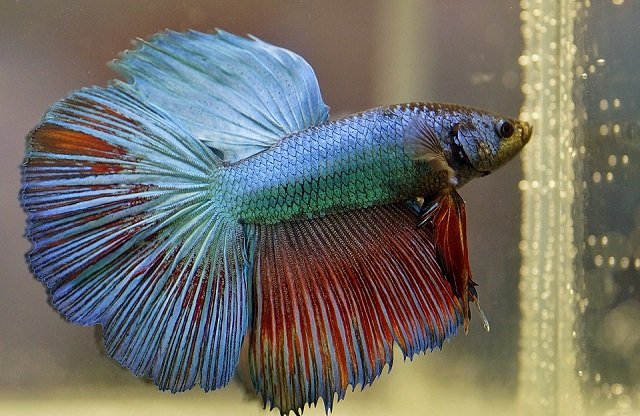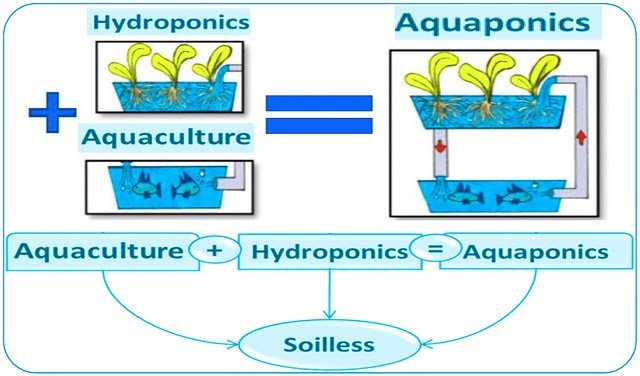Rome, Italy.- Aquaculture continues to grow as an important source of food, as both wild fisheries reach their limits or are declining, and the demand for fish increases. Diversification is a key element of this growth, in terms of species or strains farmed, technologies and areas being used for farming, and products and markets.
The workshop described in this volume examined the process of diversification, in its various forms and in the contrasting cultural and socio-economic situations of different continents, asking the question if the diversification process is or can help meet the challenges of increasing impacts of climate change. The evaluation led to several conclusions and recommendations
Reference (open):
Harvey, B., Soto, D., Carolsfeld, J., Beveridge, M. & Bartley, D.M. eds. 2017. Planning for aquaculture diversification: the importance of climate change and other drivers. FAO Technical Workshop, 23–25 June 2016, FAO Rome. FAO Fisheries and Aquaculture Proceedings No. 47. Rome, FAO. 154 pp.
http://www.fao.org/publications/card/en/c/7ddfe435-12b4-46c7-91ca-7e6ac16756a0/
Editor at the digital magazine AquaHoy. He holds a degree in Aquaculture Biology from the National University of Santa (UNS) and a Master’s degree in Science and Innovation Management from the Polytechnic University of Valencia, with postgraduate diplomas in Business Innovation and Innovation Management. He possesses extensive experience in the aquaculture and fisheries sector, having led the Fisheries Innovation Unit of the National Program for Innovation in Fisheries and Aquaculture (PNIPA). He has served as a senior consultant in technology watch, an innovation project formulator and advisor, and a lecturer at UNS. He is a member of the Peruvian College of Biologists and was recognized by the World Aquaculture Society (WAS) in 2016 for his contribution to aquaculture.




